Nuclear Weapon Use Risk Reduction
The APLN joint project "Reducing the Risk of Nuclear Weapon Use in Northeast Asia" (NU-NEA) works to define use cases for nuclear weapons in a limited nuclear war on, or involving, the Korean Peninsula and Northeast Asia more broadly. The aim is to assist policymakers in identifying ways to avoid a nuclear conflict as well as to de-escalate tensions on the Korean Peninsula and in Northeast Asia by developing credible nuclear use cases and proposing policy solutions.
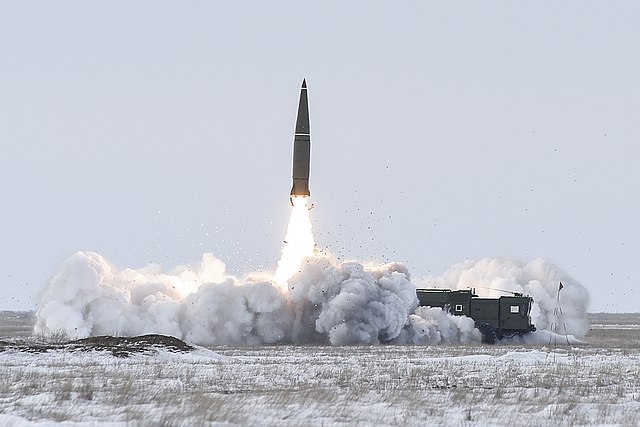
Nuclear-Conventional Entanglement in Northeast Asia: The Case for Crisis Management ...
In this report, Benjamin Zala surveys the growing nuclear-conventional entanglement risks in Northeast Asia as well as how entanglement is driving a new era of nuclear arms racing in response.

Introduction: Reducing the Risk of Nuclear Weapons Use in Northeast Asia
Shatabhisha Shetty writes an introductory essay for the special section of the Journal for Peace and Nuclear Disarmament.
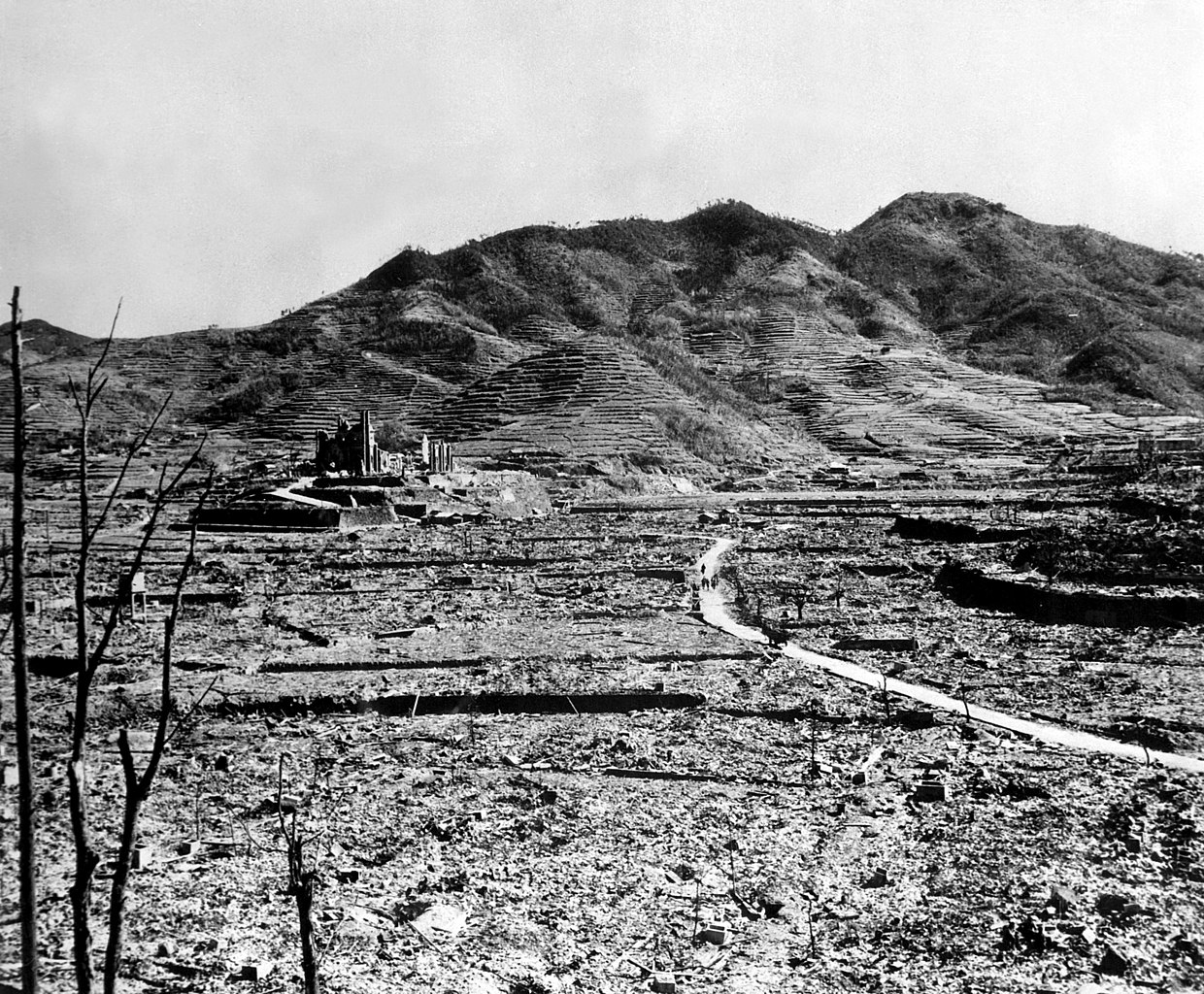
The Political Reckoning in a Post-Nuclear Use Landscape
Rabia Akhtar provides a comprehensive analysis of the multifaceted challenges posed by nuclear weapons in Northeast Asia and offers valuable insights for crafting a more secure global environment.
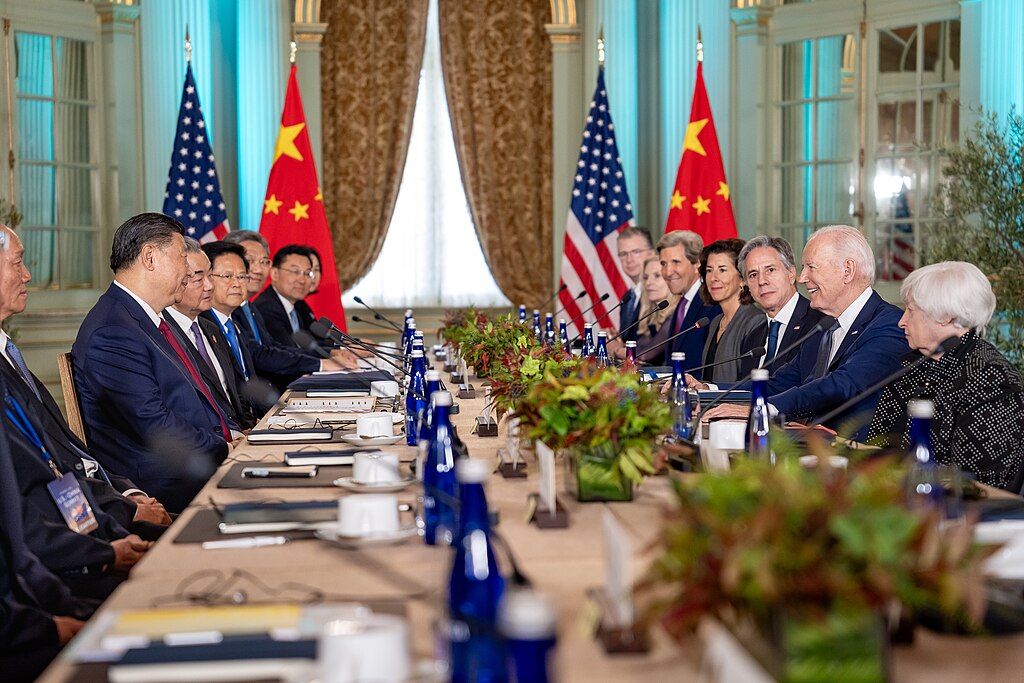
No First Use Can Still Help to Reduce US-China Nuclear Risks
Adam Mount argues that although no first use declaratory statements are unlikely to significantly affect US-China nuclear crises, they can still play an important role in reducing risks between the ...

East Asia’s Alliance Dilemma: Public Perceptions of the Competing Risks of Extended ...
Lauren Sukin and Woohyeok Seo use surveys conducted in Australia, ROK, Japan, Taiwan, and Indonesia to explore trends in nuclear attitudes.
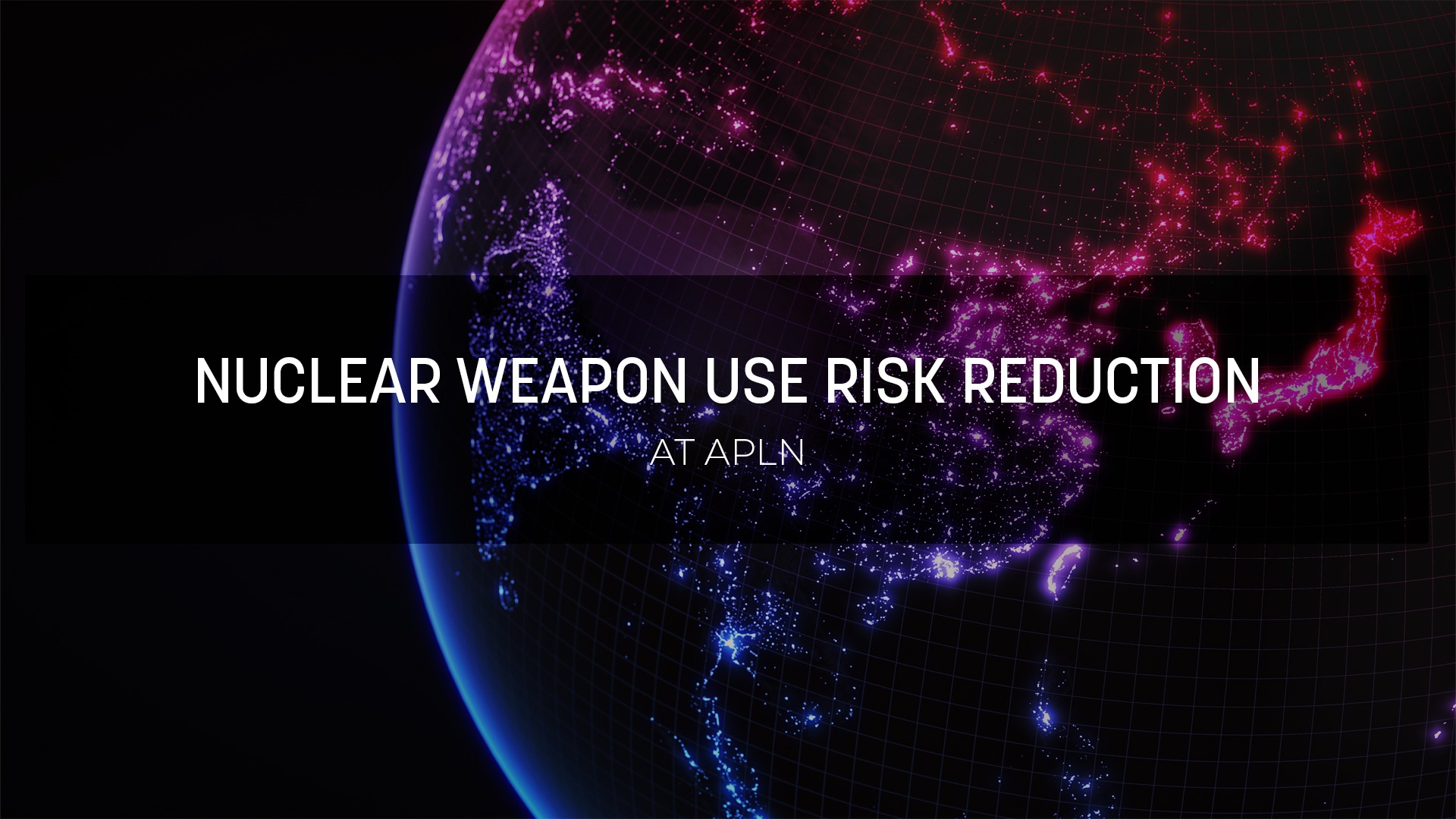
Revisiting the Comprehensive Security Roadmap to Reduce the Risk of War on the Korean ...
Six experts revisit the concept of comprehensive security in Northeast Asia as the guiding principle that should be used to reduce tension, avoid war, and re-engage on a constructive peace-making ...
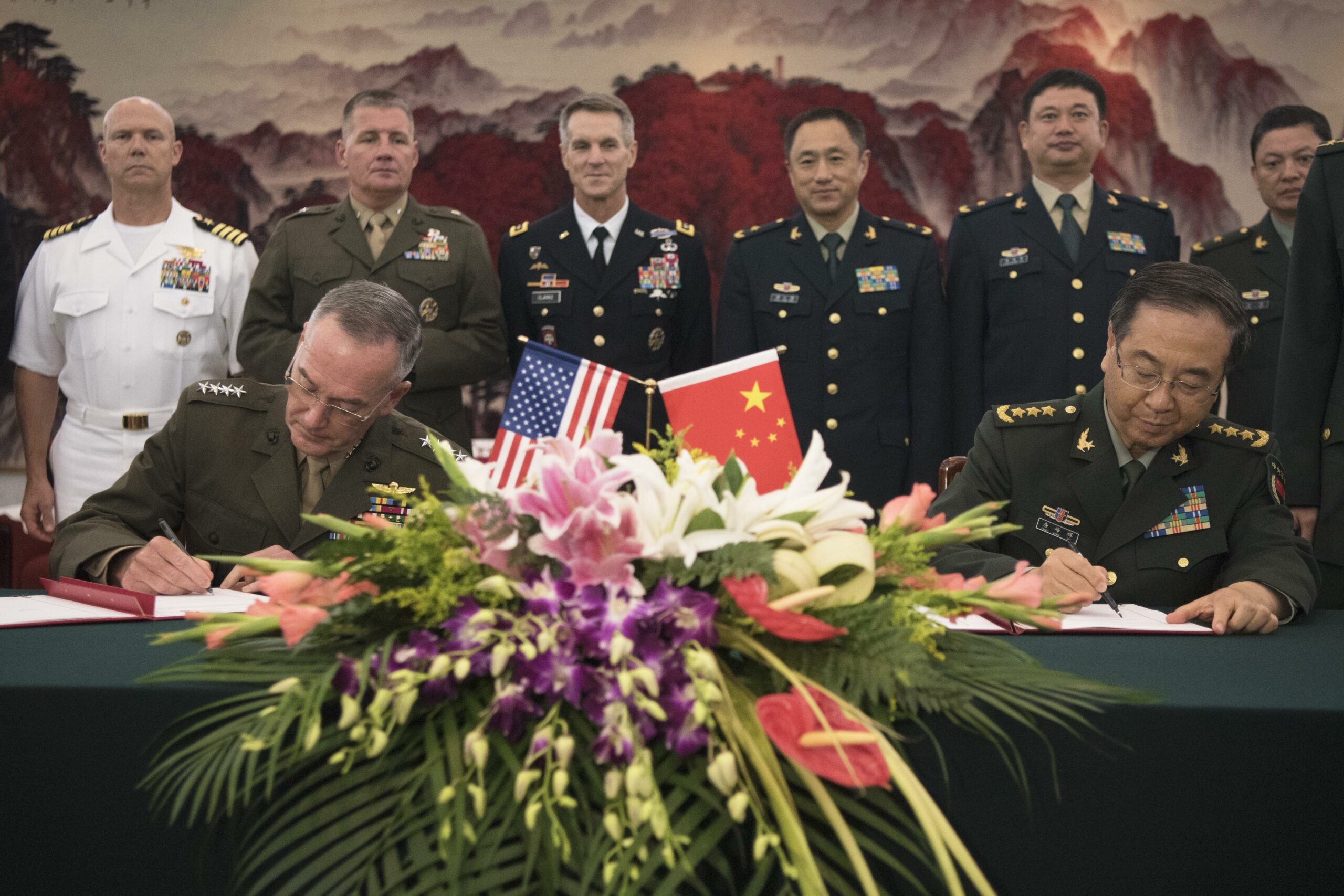
Behavioral Arms Control and East Asia
Ulrich Kühn and Heather Williams suggest using a “Behavioral Arms Control” framework between China and the United States to reduce the risk of war.
![[Infographic] What Should Be Done? Practical Policies to Prevent Nuclear Catastrophe](https://cms.apln.network/wp-content/uploads/2021/12/NEA_placeholder-NEW.jpg)
[Infographic] What Should Be Done? Practical Policies to Prevent Nuclear Catastrophe
Our latest infographic highlights practical policy recommendations for avoiding nuclear war, aimed at the governments of Japan, South Korea, the United States, China, and North Korea.

What Should Be Done? Practical Policies to Prevent Nuclear Catastrophe
Van Jackson determines that Northeast Asia is a site of "nuclear precarity" and offers practical policy recommendations for avoiding nuclear escalation.
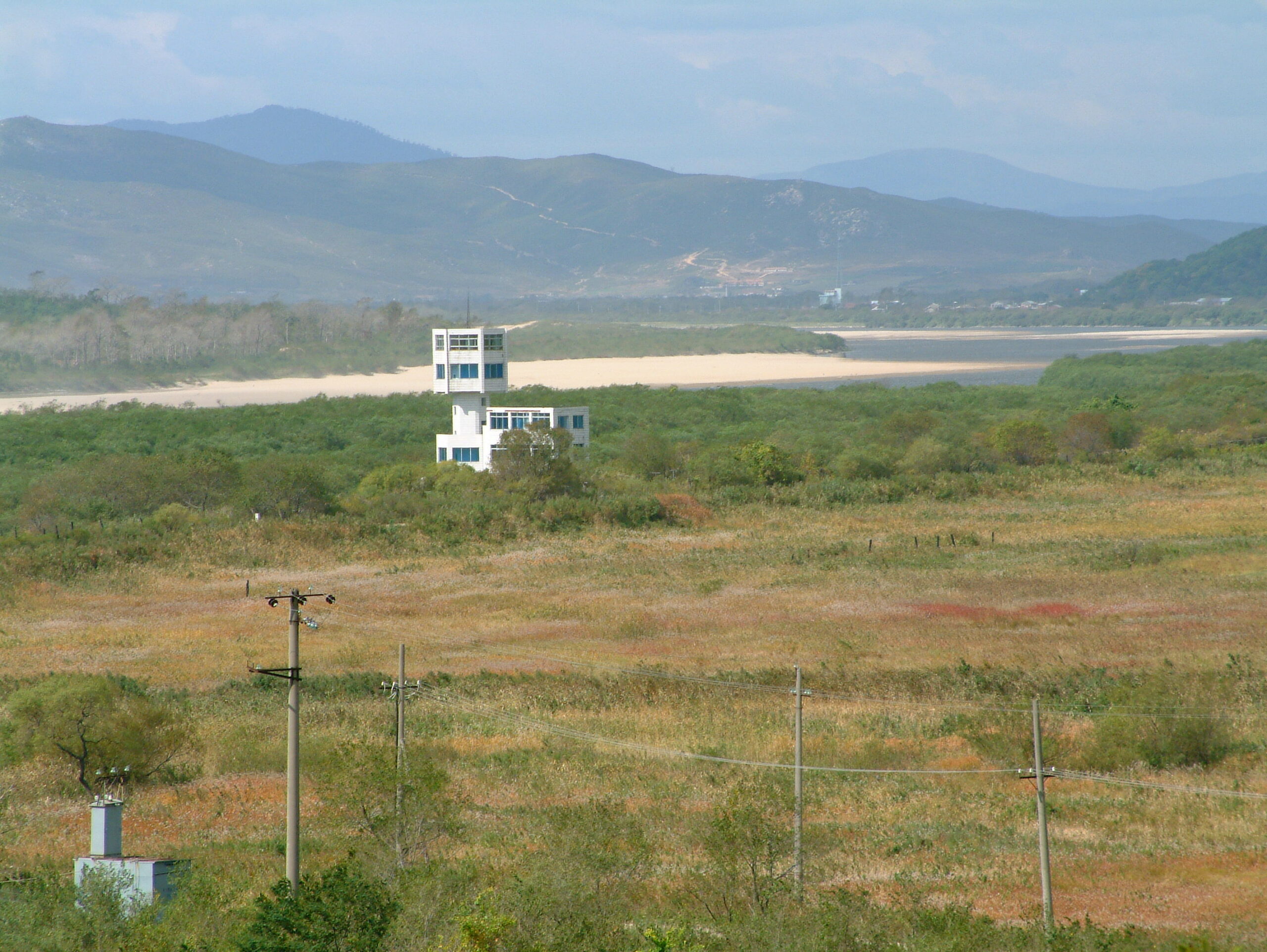
Nuclear Strategy of the DPRK: Doctrine Evolution and Future Prospects
Anastasia Barannikova analyses the DPRK’s hybrid nuclear weapons strategy and argues that its impressive progress was the result of clear strategic planning and a vision of the role of nuclear ...
